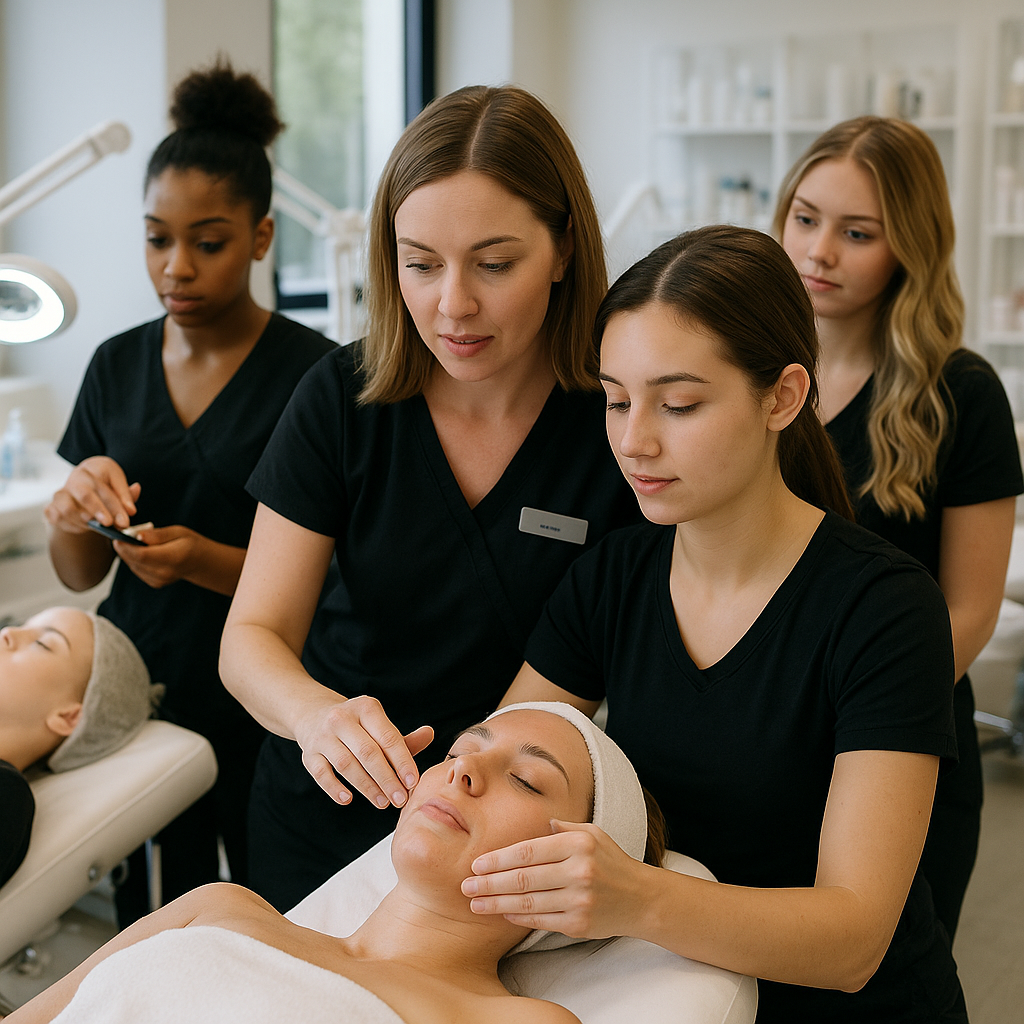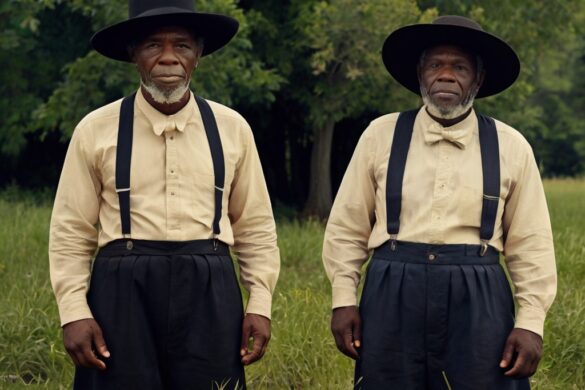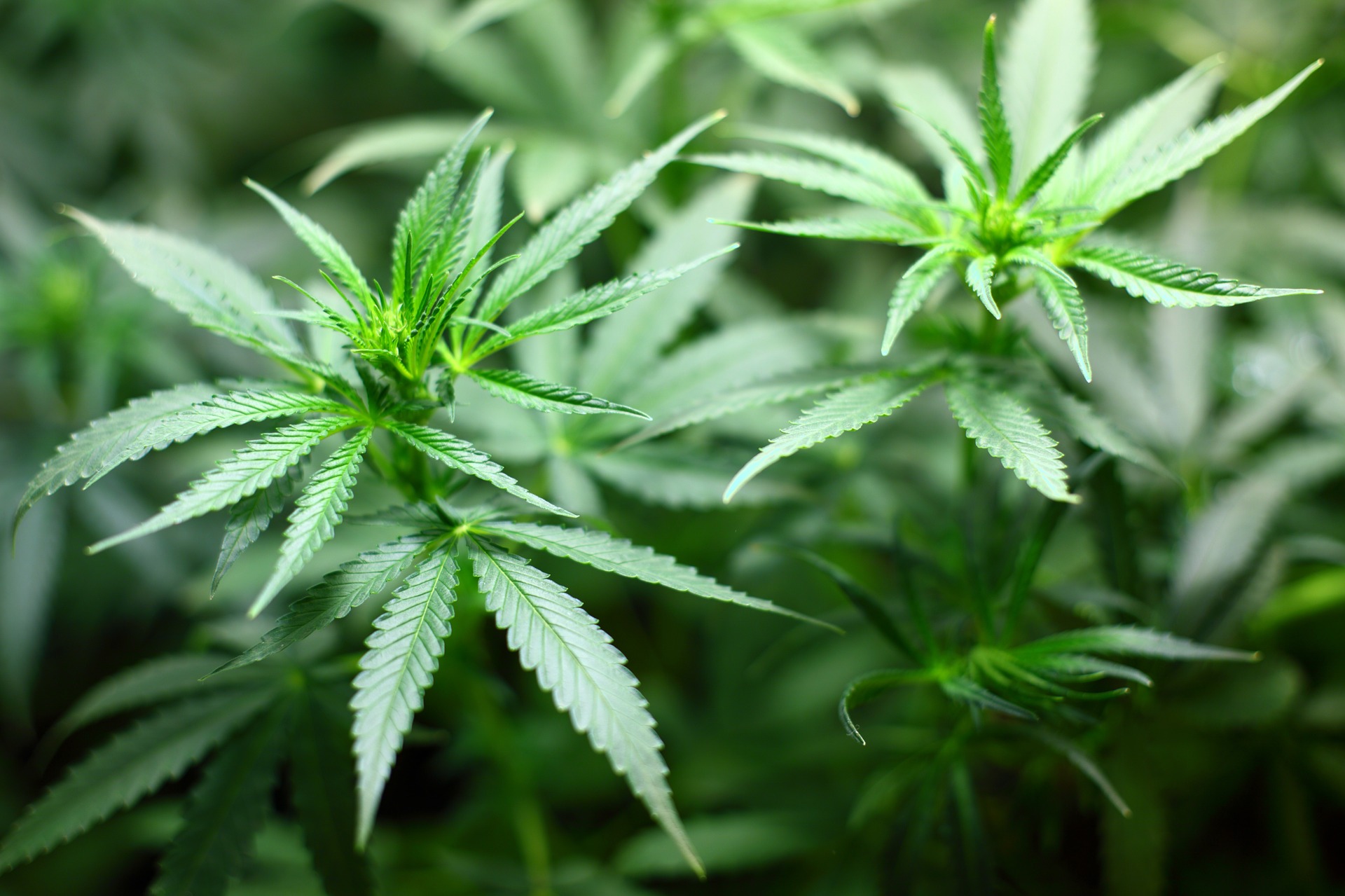The beauty industry is renowned for its ever-changing trends and the need for artistry backed by technical skill. Emerging professionals quickly realize that mastering theoretical concepts alone isn’t enough—true expertise is forged by regular practice and performing real services under the watchful eye of seasoned mentors. This increasing emphasis on hands-on learning has inspired a new generation of beauty educators to prioritize touch, creativity, and genuine real-world readiness starting from the first day of instruction. Students and career changers looking to break in or refine their existing craft benefit the most from immersive programs. For these individuals, enrolling in well-regarded esthetician programs in Salt Lake City offers an ideal blend of comprehensive theoretical foundations and substantial hands-on experiences right from the outset, enabling them to build a solid, adaptable skill set.
Through ongoing hands-on training, beauty students gain authentic confidence and develop their technical proficiency. From the delicate procedure of administering custom facials to mastering intricate hair coloring techniques, it is the repeated, supervised practice that transforms theoretical knowledge into reliable muscle memory. Leading programs across the industry now ensure that students aren’t just given a glimpse of the latest practices—they’re fully immersed in them, exposed to the pressures and expectations of today’s diverse clientele. This exposure prepares students to seamlessly transition from classroom environments to actual professional spaces, making them more versatile and resilient.
Attempting to cut a precise bob or seamlessly blend foundation after only studying photographs or guidebooks is nearly impossible. While textbooks are crucial, practical engagement bridges this gap by bringing classroom concepts to life in memorable ways. Hands-on learning not only reinforces technical skills but also builds confidence as students face real-time feedback, adapt to client needs, and respond to unpredictable salon scenarios. The constantly evolving beauty landscape demands ongoing innovation, but more importantly, it requires the agility to adapt rapidly—something only experience can offer. As a result, graduates enter the workforce not just market-ready but also deeply skilled and flexible enough to adapt to changes in trends, products, and customer expectations.
As hands-on training becomes the gold standard in beauty education, educators and mentors are transforming as well—guiding students through a spectrum of interactive, real-world learning activities. Simulations, role-plays, and closely supervised sessions are now commonplace in reputable programs, making learning dynamic and directly applicable. In these settings, trainees have the opportunity to fine-tune their technical dexterity while honing their interpersonal finesse. These dual skill sets—manual accuracy and customer engagement—are essential for long-term workplace success, and both are best cultivated through experiential learning.
The Essence of Practical Experience
The transformative power of hands-on learning in beauty education cannot be overstated. It’s the difference between simply reading about a brushstroke and physically feeling ht glide across the skin, between learning color theory in a textbook and actually mixing the perfect shade. Every hands-on session gives students the chance to absorb new skills, adapt to unexpected challenges, and fine-tune their approach based on real-time feedback and results. This process is critical for future estheticians, stylists, and spa specialists, as it enables them to face clients with confidence, competence, and agility—skills that only authentic, practical experience can provide.
Bridging the Theory-Practice Divide
Curriculum in today’s top academies is designed to connect knowledge with application at every stage. It is the thoughtful synthesis of theory and practice that forges creative, adaptable professionals. For example, a student might understand the chemical properties of a perm solution on paper. Still, only extended, repeated application develops the intuition to assess timing for optimal curl, texture, and client satisfaction. This hands-on synthesis of knowledge enables creative problem-solving and cultivates resilience, both highly valued traits in the beauty business. According to Vogue, forward-thinking beauty schools are actively revising their curricula to emphasize experiential learning, ensuring students retain their skills and adapt long after graduation.
Building Client Relationships
Technical mastery is only half the challenge in forging a successful beauty career—building strong relationships with clients is equally, if not more, essential. Hands-on training offers the unique advantage of developing critical soft skills in a supportive, practical context. Through practice sessions that often recreate the tempo and atmosphere of real salons or spas, budding beauticians learn to actively listen, show empathy, and communicate effectively with clients. These simulation environments encourage students to manage consultations, address client expectations, and tailor services to individual personalities and needs. Developing these interpersonal skills during training not only bolsters professional reputations but also increases the likelihood of cultivating loyal, lifelong clients—a cornerstone for lasting success in the competitive beauty business.
Adapting to Industry Innovations
The beauty industry is rapidly embracing advancements such as AI-driven cosmetic consultations, virtual try-on technologies, and sophisticated skincare analysis tools. Staying current with these innovations is vital for aspiring professionals. In response, many educational programs have begun weaving new technologies and digital tools into their curricula, fostering a spirit of innovation from the start. By familiarizing students with these innovations, schools ensure future professionals can integrate technology seamlessly into their daily routines, whether it’s providing data-driven skincare regimens or leveraging social media for business growth. As noted by Vogue, learning to embrace and adapt to technology is now a core competency for beauty professionals, and hands-on training remains the best route to true technology integration.
Embracing Diversity in Beauty Education
Today’s beauty education is markedly more inclusive than ever before, with a strong emphasis on training that recognizes and celebrates diversity. Programs now emphasize the importance of working skillfully with all hair types, skin tones, and cultural backgrounds. This evolution in education is not only a reflection of changing societal values but also a practical response to an increasingly global client base. Beauty schools have responded with broader curricula and specialty classes designed to prepare all students—regardless of their own backgrounds—to serve a truly varied clientele. Such initiatives are reinforced at every level, from classroom discussions to on-the-floor practice, carving a path for professionals who are ready to meet the demands of a multicultural marketplace. Recent industry surveys underscore this trend: 97% of beauty educators and professionals now agree that a comprehensive, diverse education is pivotal for the future sustainability and growth of the industry.
Conclusion
Hands-on training forms the cornerstone of transformative beauty education—it brings technical mastery to life, empowers students with confidence, and nurtures adaptability to change. In a global beauty landscape that continues to evolve more quickly each year, experiential education will continue to shape flexible, in-demand professionals prepared for the exciting opportunities and challenges ahead. As the industry advances, those equipped with a foundation of practical training will be the best prepared to lead, inspire, and innovate in the world of beauty.










